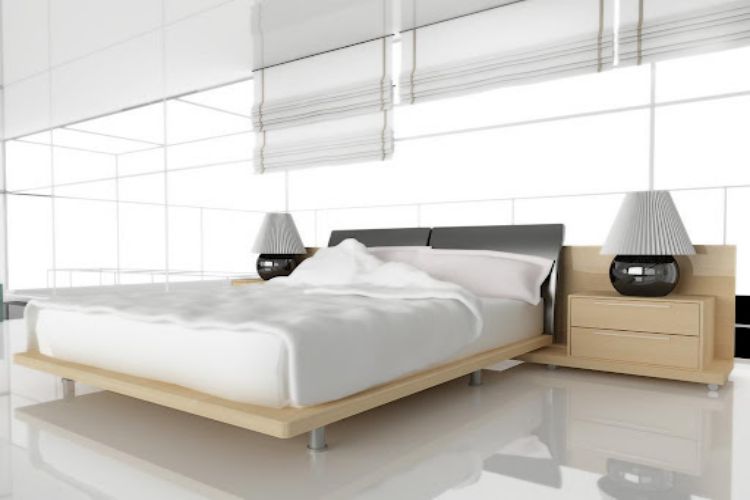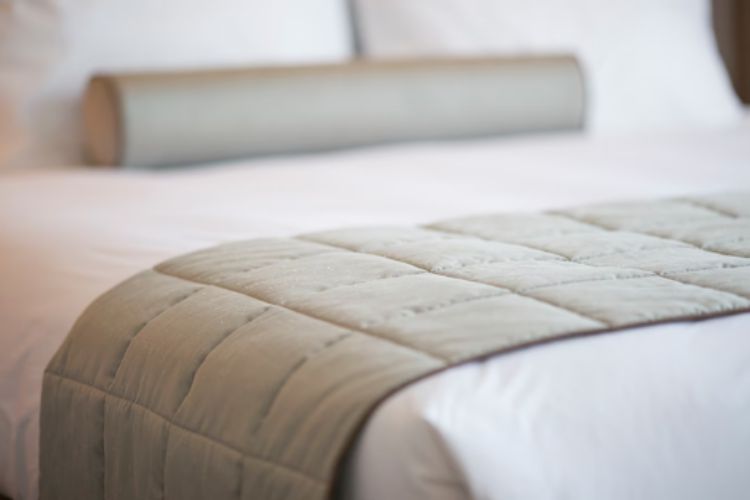When it comes to selecting the perfect bed for your sleeping needs, choosing the right type of spring is of utmost importance. With so many options available on the market today, it can be challenging to determine which one will provide you with the optimal comfort and support you deserve. In this article, we will explore three of the most common types of spring beds: Bonnell Springs, Offset Springs, and Continuous Springs. In addition, we will discuss the advantages and disadvantages of using a spring bed, so you can make an informed decision when selecting your next sleep surface.
 Bonnell Springs, also known as open coil or hourglass springs, are the most frequently used type of spring bed on the market. These springs consist of individual coils connected at the top and bottom with a metal helical wire that helps provide support along its length. Bonnell Springs is an excellent option for those seeking exceptional back support while still being relatively affordable compared to other options. The individual coils conform to the shape of your body and provide even support throughout the night, reducing pressure points and overall discomfort.
Bonnell Springs, also known as open coil or hourglass springs, are the most frequently used type of spring bed on the market. These springs consist of individual coils connected at the top and bottom with a metal helical wire that helps provide support along its length. Bonnell Springs is an excellent option for those seeking exceptional back support while still being relatively affordable compared to other options. The individual coils conform to the shape of your body and provide even support throughout the night, reducing pressure points and overall discomfort.
Offset Springs, on the other hand, are made up of two separate sets of coils connected together in an offset pattern that helps distribute weight evenly across the mattress surface. This type provides superior pressure relief compared to traditional coil systems since each half-coil is supported separately from its neighbor. Offset springs also help reduce motion transfer between sleeping partners since they don’t move in unison like other systems do when weight is applied to one side or another. This type of spring bed is an excellent option for those who are seeking a sleeping surface that provides superior comfort and support.
Finally, Continuous Springs features rows upon rows of interconnected coils that run horizontally across the entire mattress surface. This design provides excellent support and comfort, allowing your body to relax and rest easily throughout the night. The interconnected coils help distribute weight evenly, reducing pressure points and ensuring proper spinal alignment. Continuous Springs are an excellent option for those seeking an optimal balance of comfort, support, and durability.
While there are many advantages to using a spring bed, such as comfort, durability, and affordability, there are also some potential disadvantages to consider. For example, spring beds can often be quite noisy when someone moves around on them or gets up from them. Springs tend to squeak and creak, which can be disruptive for both you and your partner if you share your bedroom with them. Additionally, springs are relatively unstable compared to other types of mattresses, meaning they may not provide enough support over time as they wear down or become more compressed from use. This could lead to uncomfortable nights spent tossing and turning due to a lack of proper spinal alignment while sleeping on the mattress.
 Another downside of using a spring bed is its weight – it can be significantly heavier than other types of mattresses such as foam or latex mattresses, making them difficult to move around without assistance (which means extra hassle if you’re considering relocating). Additionally, due to their traditional design structure consisting of interconnected coils and springs held together with metal wire frames, they can be challenging to clean and maintain.
Another downside of using a spring bed is its weight – it can be significantly heavier than other types of mattresses such as foam or latex mattresses, making them difficult to move around without assistance (which means extra hassle if you’re considering relocating). Additionally, due to their traditional design structure consisting of interconnected coils and springs held together with metal wire frames, they can be challenging to clean and maintain.
Conclusion:
Spring beds are an excellent choice for those looking for an affordable and comfortable option. They provide excellent support, are durable and long-lasting, and come in a variety of different styles to fit any bedroom. With proper care, a spring bed can last you many years of peaceful sleep. However, it’s essential to consider the potential disadvantages of using a spring bed, such as noise, instability, and weight, before making your final decision. Ultimately, the right type of bed for you will depend on your individual sleeping preferences, needs, and budget.






